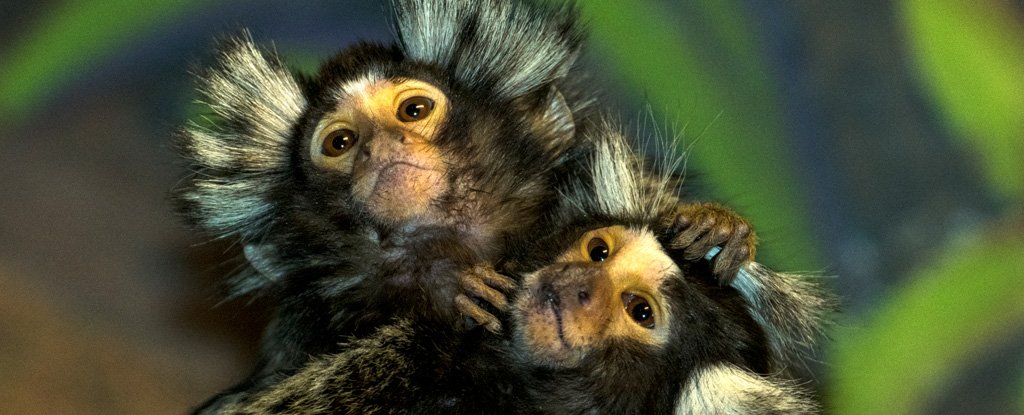Like humans, marmosets – little monkeys with Einstein-like ear buds native to Brazil – eavesdrop on conversations among others, preferring to approach individuals they view positively, is a study in the magazine. Scientific progress Showed Wednesday.
Behavioral research has built up knowledge around the social lives of primates, but it lacks reliable ways to determine an individual’s ‘inner perspective’ or the inner workings of his or her mind.
Marmosets are an ideal species to study because of their close social structure: they live in highly cooperative groups of about 15 family members, with the entire extended family responsible for raising children.
How do they decide who is trustworthy and who is not?
A team led by Rahel Brugger at the University of Zurich (UZH) has captured 21 captive marmosets with recordings of a hidden speaker of an adult of another sex answering either food calls or aggressive chat calls in response to begging babies.
As a control, they also played the marmoset calls made by a single individual.
The scientists then aimed infrared cameras at the faces of the marmoset to record the nose temperatures – looking for droplets indicating that the monkeys were alert and engaged.
The tests found that the marmosets only respond to combined and not individual calls, indicating that they understand when real conversations are taking place.
After playing the recordings, the team lets the marmosets enter a room full of toys and a mirror.
Marmosets do not recognize their own reflection, believing that it represents the monkey that made the call.
The researchers found that marmosets generally preferred to approach when the surveys indicated that the person was helpful.
“This study contributes to the growing evidence that many animals are not only passive observers of interactions with third parties, but that they also interpret them,” said UZH senior author and professor of anthropology Judith Burkart.
The team plans to use this approach of temperature mapping for future investigations, such as the origin of morality.
© Agence France-Press
